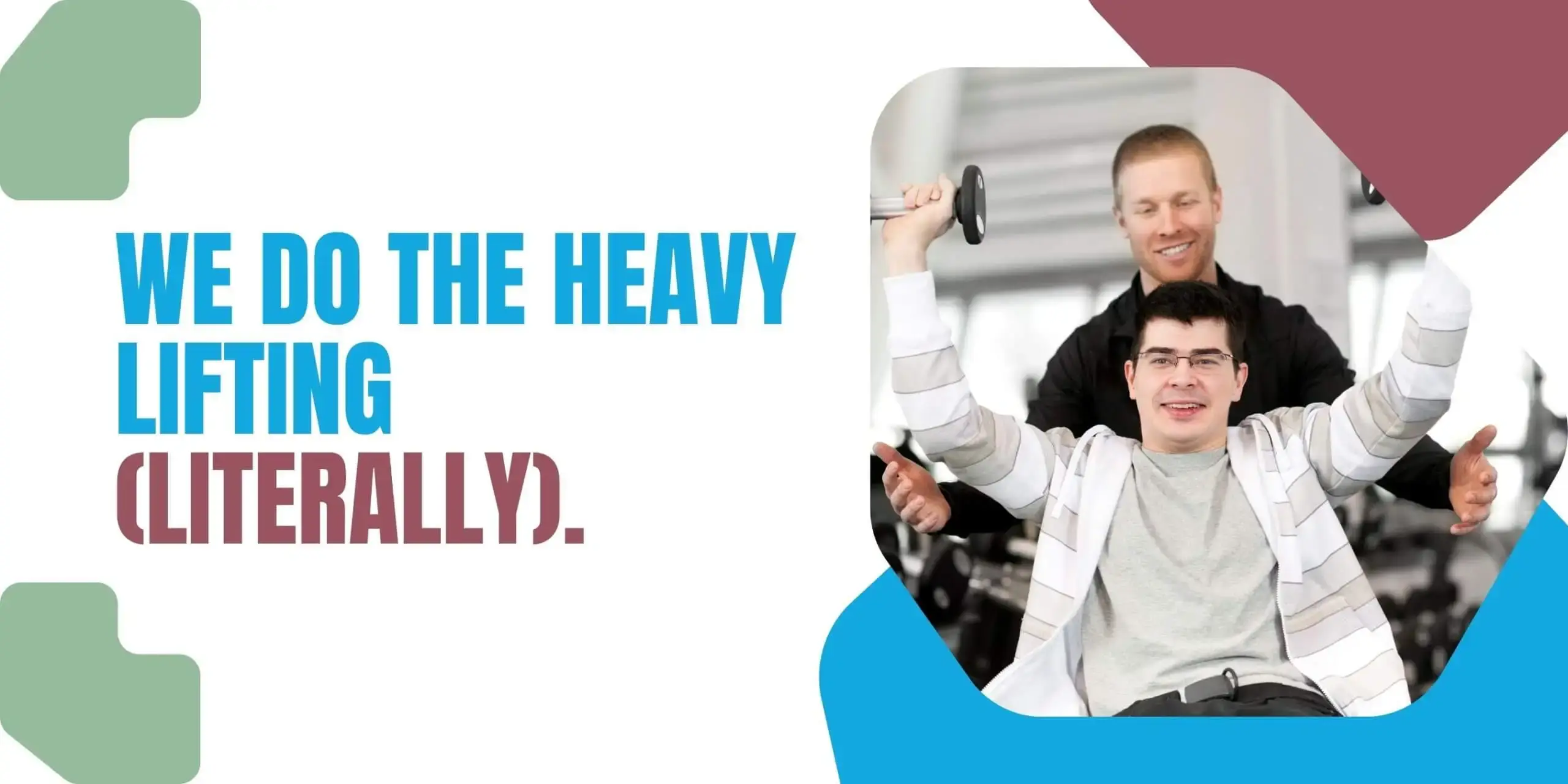If you or someone you know has a disability, then you will recognize the reasons why proper care is necessary. When it comes to maintaining mobility, managing pain, and enhancing quality of life, physiotherapy is important. Due to the National Disability Insurance Scheme (NDIS), it is now simpler to obtain support.
So, what is NDIS Physiotherapy, and how do you start?
This step-by-step guide takes you through what NDIS Physiotherapy is, what treatments are included, how funding is allocated, and how to make sure you’re doing your best for your plan. No matter your place as a participant, carer, or family member, this page has your back.
What Is NDIS Physiotherapy?
NDIS physiotherapy is physiotherapy care funded through your NDIS plan. It is designed to assist an individual with disability in order to have a healthy person, enhance strength and coordination, avoid injury, and manage long-term conditions.
Starting from helping children with developmental delay to helping adults with neurological conditions to mobility impairment, NDIS physiotherapists provide personalized therapy suitable for your needs.
These therapies may be done in the clinic, at home, or even at a distance using telehealth. The goal is to allow you to be able to do what you want, whether walking independently, going to social events, going back to work, or at least hurting less.
What Can Physiotherapy Do Under the NDIS?
A registered NDIS physiotherapistcan help with a range of needs, such as:
- Increasing mobility and balance
- Rehabilitation following surgery
- Managing chronic pain
- Neurological rehabilitation (stroke, MS, Parkinson’s)
- Musculoskeletal condition management
- Children’s motor skills and coordination
- Equipment prescription and assessment
- Falls prevention measures
Therapies are generally tailored to your NDIS outcomes, so this might be independence development, greater community engagement, or improved health outcomes.
Is Physiotherapy Under the NDIS?
Yes, if it is “reasonable and necessary” for your condition and goals, then Physiotherapy can be paid for by your NDIS plan.
There are normally two categories in which NDIS physiotherapy services can be included:
Improved Daily Living (Capacity Building)
This includes therapy services like physiotherapy, occupational therapy, and speech therapy. This helps in developing your skills and becoming independent.
Core Supports (Daily Life Assistance)
If your physiotherapy sessions involve functional support that aids in daily living, they can be classified under Core Supports.
Your competent physiotherapist will also help you prepare a case for funding with full reports and assessments. This is especially so through your plan review.
How to Know if You’re Eligible
To be eligible for NDIS physiotherapy, you’ll require:
- To be an approved NDIS participant
- Physiotherapy to be included in your plan (or to be able to persuade that it’s an essential support)
- Have either an NDIS-registered therapist or a therapist who is well-matched to your management style of plans
If you are unsure whether physiotherapy is covered under your plan or how you can have access to it, a support coordinator or an NDIS planner will be able to walk you through what you have access to.
 How to Choose the Right Physiotherapist
How to Choose the Right Physiotherapist
Not all physiotherapists are the same. For NDIS participants, it’s essential to find someone who understands how disability impacts movement and function.
Here’s what to expect:
- Experience with NDIS participants
- A tailored, goal-oriented style
- Readiness to work with your support team like OT, carers, case workers
- Proficiency in providing therapy at home or in the community
- Transparency regarding session reports, progress, and invoicing
If you’re agency-managed, you’ll need to work with an NDIS-registered physiotherapist. If you’re plan- or self-managed, you can contract with non-registered but still skilled providers.
What to do During a Physiotherapy Session
Your initial session will typically be an assessment. Your physiotherapist will:
- Talk about your goals and issues
- Check out any medical history or diagnosis
- Assess your mobility, posture, muscle strength, and range of motion
- Prescribe a treatment plan based on your needs
Follow-up appointments may be hands-on therapy, exercises with guidance, equipment training, or home exercises. Progress is checked on an ongoing basis and readjusted according to how your body is responding.
Tips for Getting the Most Out of Your NDIS Physiotherapy
Set clear objectives
The NDIS is all about you and your objectives. If you wish to walk more independently or to reduce pain, make sure that your physiotherapist knows what success will look like for you.
Monitor progress
Request a report or summary after sessions. It can help in reviewing your plans and tell you how the therapy is going against your outcomes.
Discuss with your care team
If you have an OT, support worker, or psychologist, make sure your physiotherapist gets added too. The whole picture of holistic care provides you with a better outcome.
Review your funding regularly
If you notice that therapy sessions are indeed having an impact, consider adding this space to your plan.
Ask questions
You have the right to know your care. Ask about processes, timelines, or anything that is not clear.
Conclusion
NDIS Physiotherapy is not a band-aid. It’s the answer to long-term health, increased independence, and real-life change. With the right therapist and right plan, you can walk freely, feel better, and live more freely.
If you require personalised, compassionate physiotherapy designed to meet your NDIS goals, then Optimal Care Australia is ready for you. Their professional team is fully aware of the NDIS inside and out and works with you to personalise therapy to your life and goals.
Enter a brighter future of mobility and a healthier tomorrow. Call Optimal Care Australia today.






